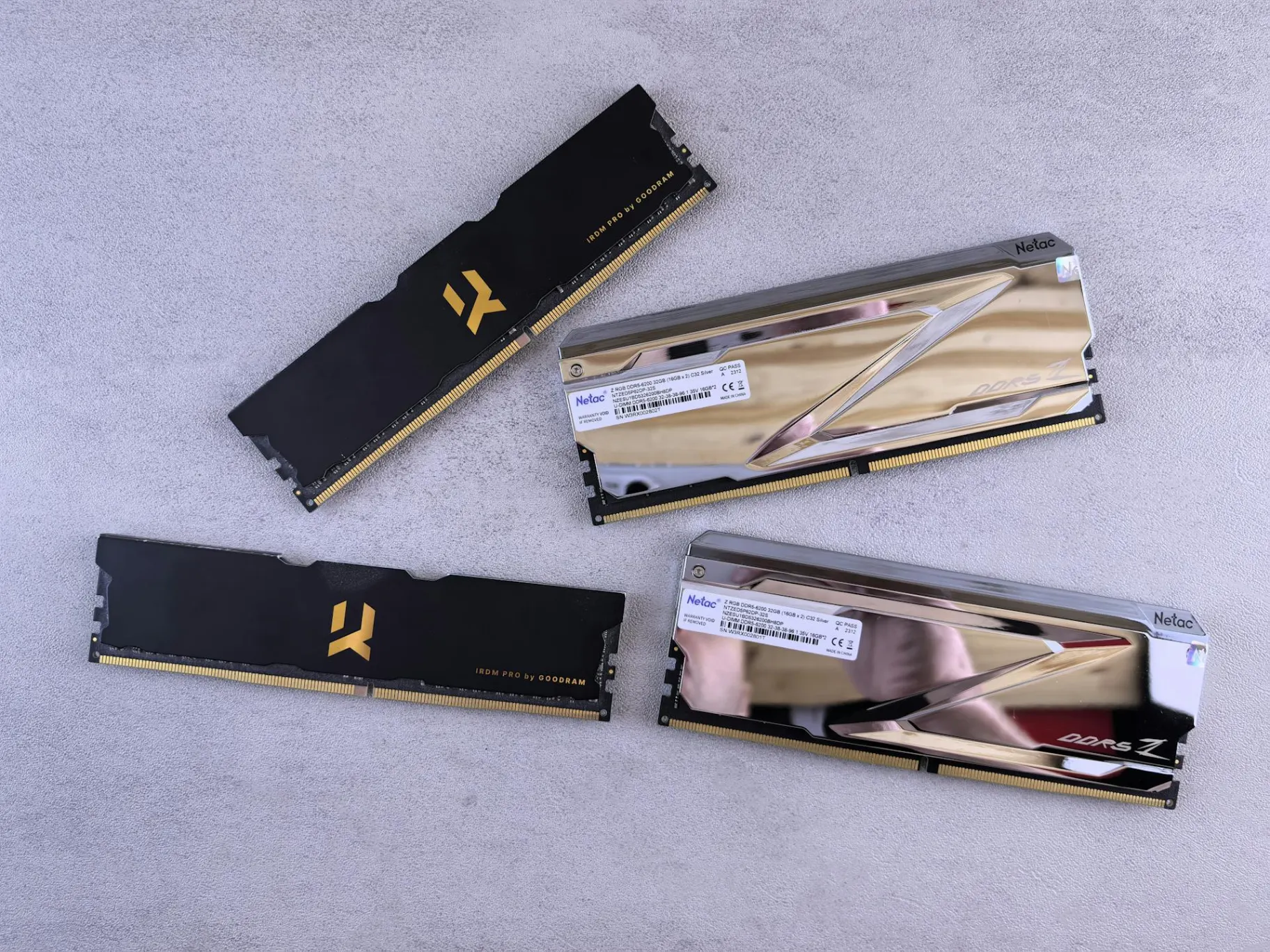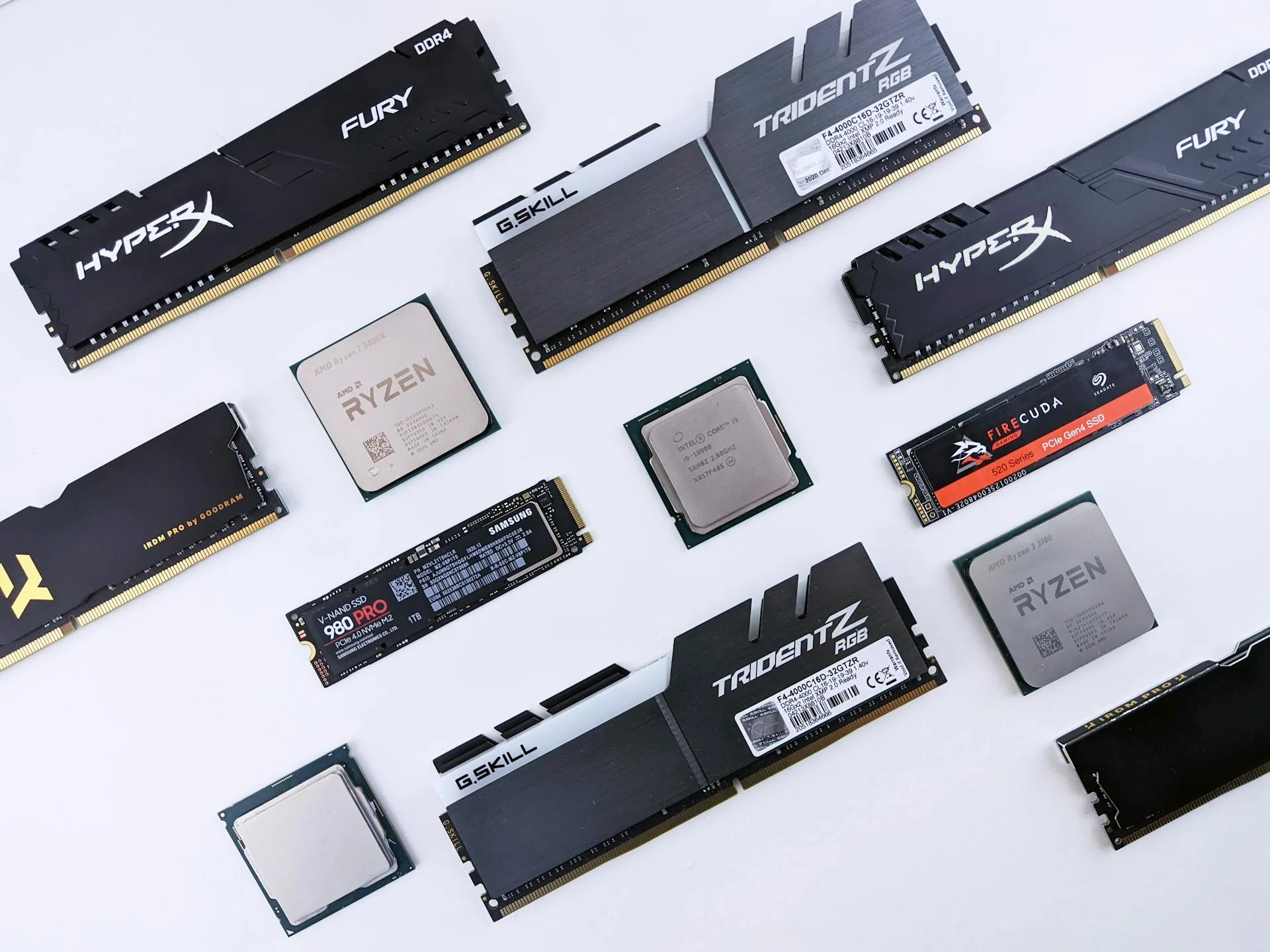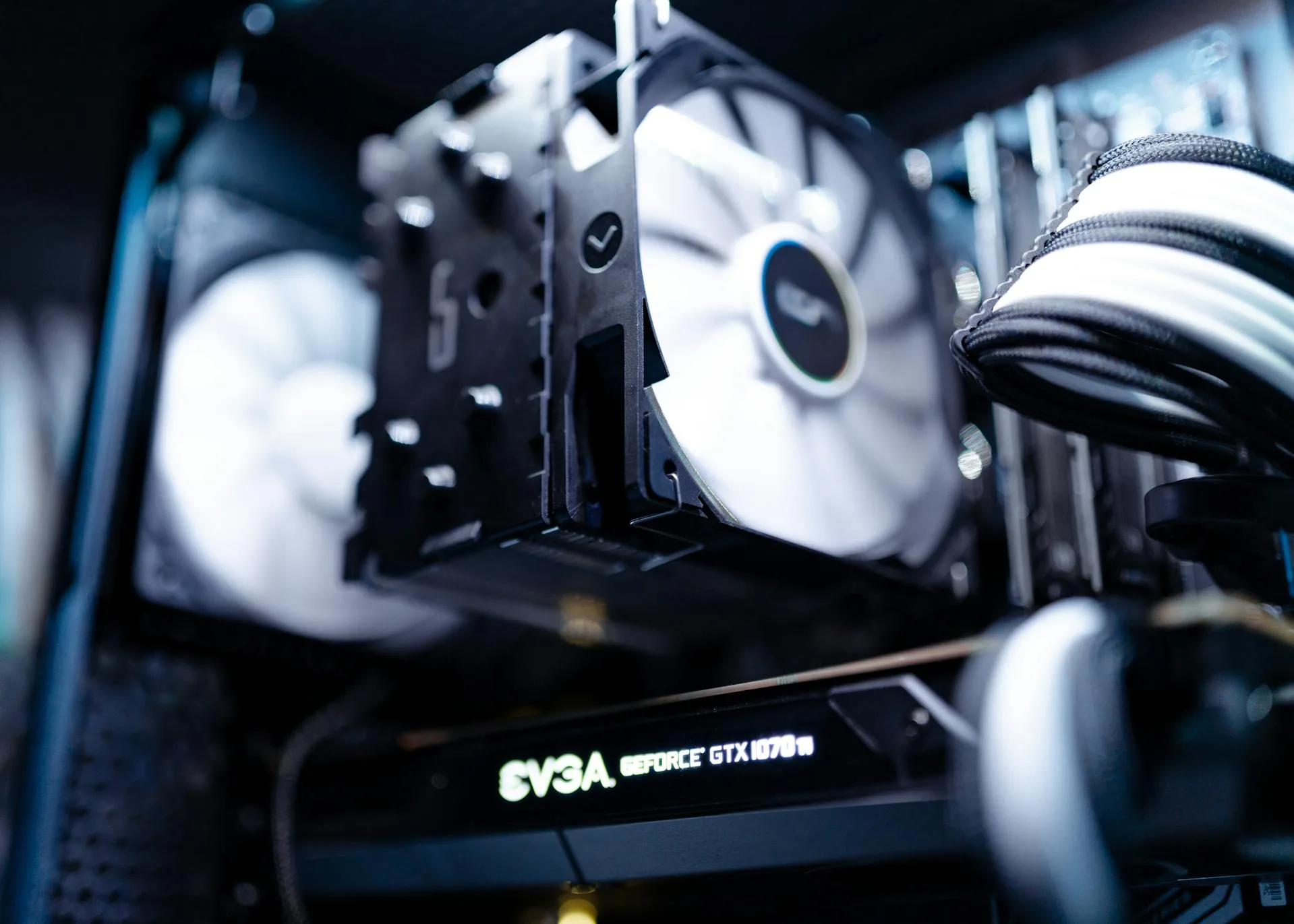DDR5-6000 vs DDR5-8000: Understanding the Performance Difference

Explore the differences between DDR5-6000 and DDR5-8000 memory speeds in gaming and overall performance.
The launch of DDR5 memory introduced a new level of performance for modern PCs. While DDR5 is a clear advancement over DDR4, not all speed grades deliver equal value in real-world scenarios. Two of the most discussed speeds are DDR5-6000 and DDR5-8000. Both offer high bandwidth, lower power consumption compared to older standards, and are aimed at high-performance environments. However, their practical impact differs depending on the user’s hardware, software, and performance goals.
Evaluating real-world outcomes is essential when choosing between these speeds. Marketing materials often highlight large theoretical advantages, but the benefits can vary significantly depending on the workload. To make an informed decision, it is useful to look closely at performance benchmarks, thermals, pricing, and use cases based on current data.
Performance Comparison
The difference between DDR5-6000 and DDR5-8000 in gaming performance is usually modest. Most benchmark data shows that DDR5-8000 may offer only a small increase in frames per second in games that rely on fast memory. For example, in titles like Cyberpunk 2077, Shadow of the Tomb Raider, or Horizon Zero Dawn, the performance gain is often only a few frames at most. This improvement is typically present only when using powerful CPUs and GPUs that are not already the main bottleneck. In less demanding or competitive titles, the gap may be even smaller, sometimes nearly unnoticeable during gameplay.
That said, benchmarks that stress memory bandwidth can show a bigger difference in synthetic tests. Memory copy, compression tools, and some productivity applications may scale better with faster RAM. In these cases, DDR5-8000 can outperform DDR5-6000 by up to 15 or even 20 percent in specific memory-bound operations. This does not always translate to visible gains in mainstream applications, but it is useful for users working with virtualization, high-resolution video editing, or heavy data processing workflows.
Bandwidth and Latency
DDR5 memory delivers significantly higher bandwidth than DDR4, and the higher you go in speed, the more data can theoretically be moved per second. While DDR5-6000 and DDR5-8000 both offer a substantial leap over earlier standards, real bandwidth depends not just on the frequency but also on the memory controller and system architecture. DDR5-8000 does have noticeably higher peak bandwidth than DDR5-6000, but this does not always mean smoother performance in gaming or daily use. Real applications are often limited by CPU or GPU constraints more than raw memory speed.
Latency is also a major factor. DDR5-8000 often has looser timings than DDR5-6000, which can offset its frequency advantage in some tasks. That means while DDR5-8000 has higher speed, DDR5-6000 can sometimes deliver better practical results thanks to tighter timings. For gaming specifically, the difference between low latency and high frequency can be very close. This is why many experienced builders consider DDR5-6000 as the most balanced option for gaming rigs at present.
Temperature and Power Consumption
Power consumption and heat output are important when selecting high-speed DDR5 modules. DDR5 memory includes an on-board power management chip, which helps regulate voltage more efficiently. However, higher-speed kits like DDR5-8000 often require higher voltage settings than entry-level or mid-range DDR5-6000 kits. For example, factory XMP or EXPO profiles for DDR5-8000 frequently increase voltage to maintain stability. This can result in a higher load on the power delivery system and a small increase in heat.
Under heavy load, DDR5-8000 modules can run warmer compared to DDR5-6000, especially in systems with poor airflow or compact form factors. Temperatures vary based on cooling, case design, and memory heat spreaders. Active cooling or larger heatsinks can help, but for most users building a standard gaming PC, DDR5-6000 provides better thermal efficiency. Enthusiasts who are willing to tune voltages and follow safe overclocking practices can still benefit from DDR5-8000, but stability and cooling should always be a consideration.
Price Considerations
Cost is a key factor when choosing between DDR5-6000 and DDR5-8000. DDR5 prices have come down since the initial launch, but speed still affects pricing. DDR5-6000 kits are typically available at more affordable prices, making them a popular choice for mainstream users. Kits in the 32 GB range are widely available and often competitively priced, allowing users to gain solid performance without overspending.
DDR5-8000, compared to that, commands a premium price due to its higher speed and lower volume of availability. Users paying for DDR5-8000 are often investing in a component that brings marginal performance improvements in gaming and everyday tasks. This price difference is usually easier to justify for professional or enthusiast users who rely on maximum bandwidth or want to build a highly optimized system. For most gamers and content creators, DDR5-6000 remains a much better value.
Value for Gamers
When evaluating which memory speed to choose for gaming, it is important to match your choice with your real needs. For popular esports or competitive titles like Valorant, CS2, or Fortnite, faster RAM often delivers extremely small performance changes. In such cases, a better GPU or CPU will improve performance far more than upgrading from DDR5-6000 to DDR5-8000. Games that rely heavily on the GPU will rarely benefit from very high memory speeds.
For high-end AAA or simulation games, using DDR5-8000 may provide some advantage when paired with a top-tier CPU and GPU, especially at high resolutions with demanding settings. These benefits are usually only visible when running benchmarks or monitoring performance metrics closely. For gamers who want the best performance possible, DDR5-8000 is an option worth considering, but for the majority, DDR5-6000 remains a smarter and more practical choice that balances price, performance, and system stability.
Conclusion
Choosing between DDR5-6000 and DDR5-8000 depends on your priorities. DDR5-8000 can provide theoretical advantages in bandwidth and may help in niche professional workloads, but the real-world benefits for most users are minimal. It also requires more careful handling due to higher voltage and potential heat output. For general gaming, multitasking, and content creation at a high level, DDR5-6000 is more than sufficient and offers a strong balance between performance and cost.
For users who are building an extreme performance system or simply enjoy optimizing every part of their PC, DDR5-8000 might still be a compelling option. However, a large portion of users will find that their money is better spent elsewhere in the system. Memory speed should be balanced with other components, budget, and the types of applications you use most often. If cost-effective performance with good stability is your priority, DDR5-6000 is usually the better choice.


